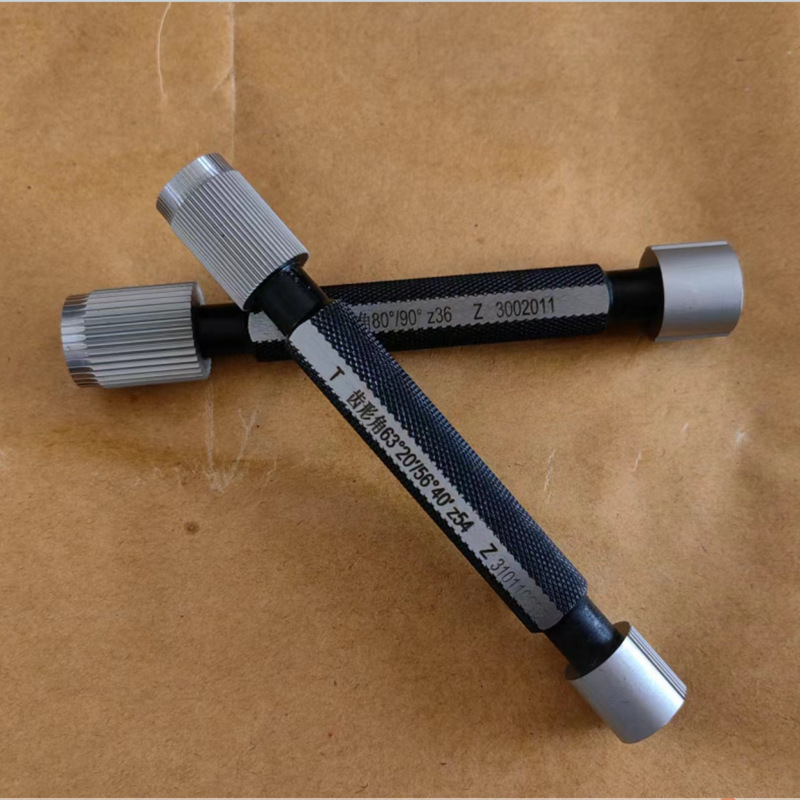Aug . 20, 2024 19:39 Back to list
Understanding the Function and Importance of Disk Check Valves in Plumbing Systems
Understanding Disk Check Valves Importance and Functionality
Disk check valves, often simply referred to as check valves, are crucial components in various fluid systems. They serve the vital function of allowing fluid to flow in one direction while preventing backflow. This feature is essential for maintaining the integrity of systems in plumbing, wastewater management, and industrial processes. In this article, we will explore the structure, operation, and applications of disk check valves, highlighting their significance in modern engineering and construction.
Structure of Disk Check Valves
Disk check valves are characterized by their unique design, which primarily consists of a valve body, a disk (or flap), and a seat. The valve body is typically made from durable materials such as stainless steel, brass, or plastic, which provide resistance against corrosion and wear. The disk, which may be circular or oval-shaped, is the pivotal element responsible for controlling the flow of fluid.
When the fluid flows in the intended direction, the pressure pushes the disk away from the seat, allowing the fluid to pass through. Conversely, when there is a reversal of flow, the pressure drop causes the disk to fall back onto the seat, effectively sealing the valve and preventing backflow. This simple yet effective mechanism ensures that fluids are directed through the system without the risk of contamination or damage caused by reverse flow.
Functionality and Operation
The operation of a disk check valve is primarily passive, relying on the fluid’s pressure to function correctly. Unlike other types of valves, such as gate or globe valves, which require manual or automated intervention to open or close, check valves operate autonomously. This characteristic is particularly useful in systems where constant monitoring and manual control may not be feasible.
disk check valve

Disk check valves are inherently advantageous due to their minimal pressure drop. The streamlined design allows fluids to flow smoothly, which is critical in maintaining system efficiency. Additionally, the quick response of the disk during changes in flow direction minimizes the risk of water hammer—a pressure surge caused by sudden changes in fluid velocity—which can lead to damaging vibrations in pipelines.
Applications in Various Industries
The versatility of disk check valves makes them suitable for numerous applications across different industries. In plumbing and water supply systems, they prevent backflow, ensuring clean water is not contaminated by returning wastewater. In industrial settings, disk check valves are used in chemical processing and petrochemical applications, safeguarding against the reverse flow of harmful substances.
Moreover, in HVAC systems, these valves are essential for maintaining the direction of refrigerant flow. They are also utilized in fire protection systems where they help manage the flow of water in the event of a fire, ensuring that the system functions effectively when needed.
Conclusion
Disk check valves play an indispensable role in maintaining the functionality and safety of fluid systems in various sectors. Their simple operation, combined with effective performance in preventing backflow, underscores their importance in engineering and construction. As industries evolve and the demand for reliable fluid management systems increases, the role of disk check valves will only become more prominent. Understanding their functionality and applications is crucial for engineers and technicians working to create efficient and safe systems for fluid transport and management.
-
Why Metric Trapezoidal Thread is Ideal for Precision Motion ControlNewsAug.05,2025
-
The Unique Properties of a Block of Granite for Industrial UseNewsAug.05,2025
-
The Role of Flanged Y Strainers in Preventing Pipeline ClogsNewsAug.05,2025
-
The Importance of Regular Calibration for Master Ring GagesNewsAug.05,2025
-
How a Cast Iron Surface Table Enhances Accuracy in ManufacturingNewsAug.05,2025
-
Comparing Different Check Valve Types for Optimal Flow ControlNewsAug.05,2025
Related PRODUCTS









